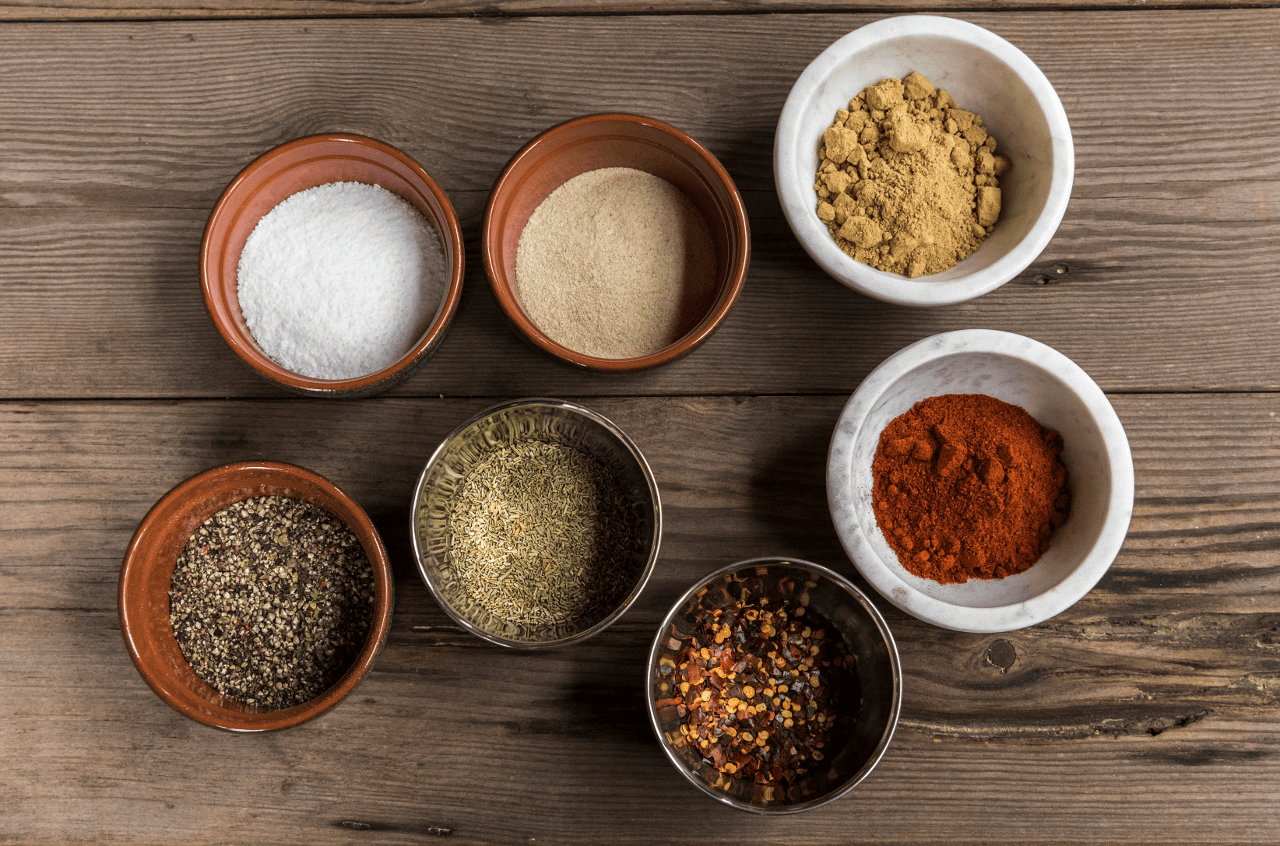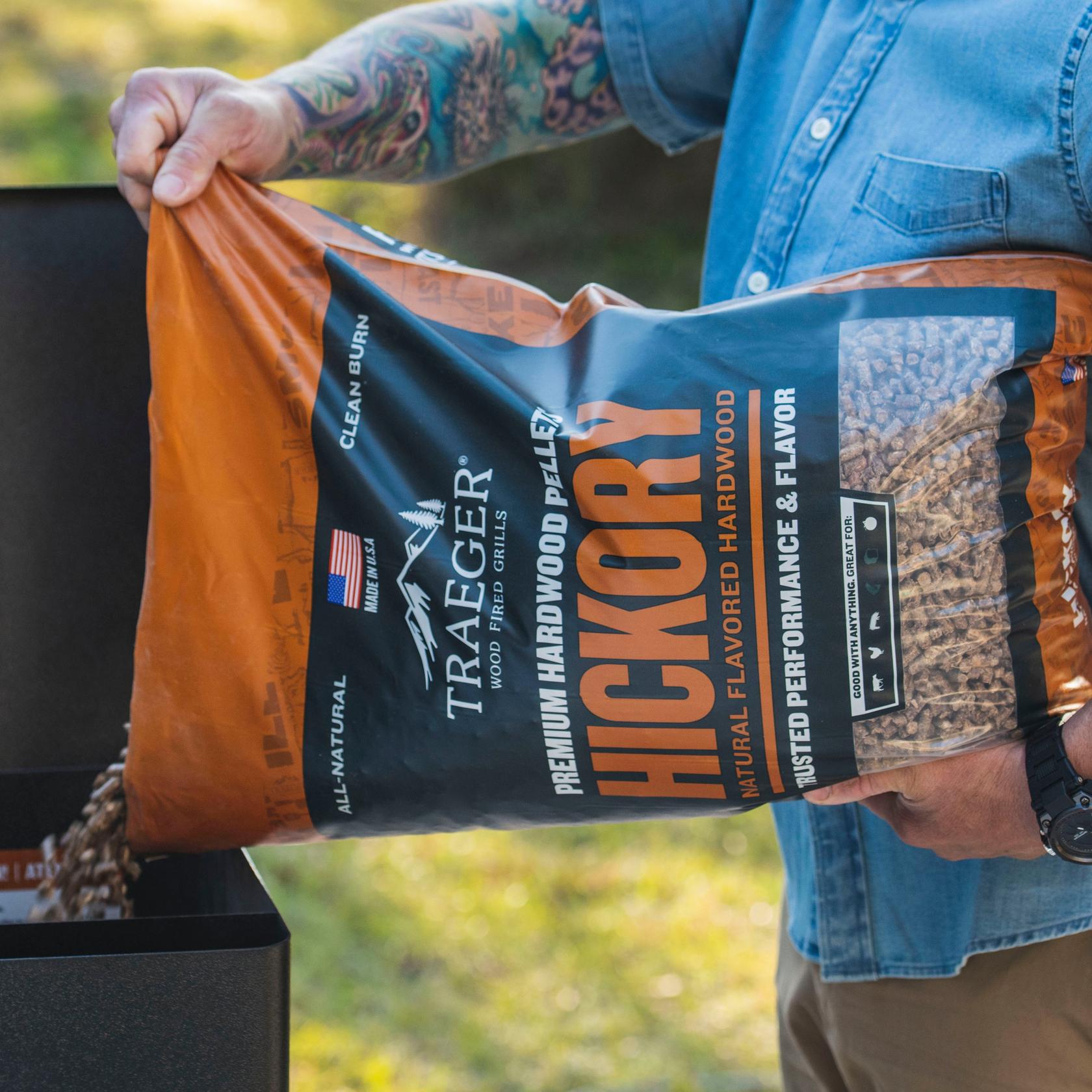Smoking beef to perfection requires patience and precision. While there are guidelines for smoking times and temperatures, many factors impact the actual time it takes. This article provides a detailed guide to smoking times for various beef cuts
Overview of Beef Smoking Times
Beef smoking times vary widely depending on the cut. Tender cuts like tenderloin can take as little as 2-3 hours. Tougher cuts like brisket need 12-20 hours since the low and slow smoking helps break down connective tissue.
Here are approximate beef smoking times for common cuts:
- Beef brisket: 12-20 hours
- Back ribs: 3-4 hours
- Short ribs: 6-8 hours
- Spare ribs: 5-6 hours
- Prime rib: 4-6 hours (15 min/lb)
- Chuck roast: 12-20 hours
- Rump roast: 5-7 hours (30 min/lb)
- Tenderloin: 2.5-3 hours
- Tri-tip: 2-3 hours
- Sausages: 0.5-1 hour
These times are based on smoking between 225-250°F. Higher temperatures will reduce cooking times.
While these serve as a starting point always rely on a meat thermometer over smoking time estimates. Track both the smoker temp and the internal meat temp.
Key Factors That Impact Smoking Times
Many factors influence how long it takes to smoke beef besides just the size and cut. Here are some of the main considerations:
1. Bone-in vs Boneless
Bone-in cuts take longer since the bone insulates the meat Removing the bone reduces cooking time
2. Meat Thickness
Thicker cuts like a 4-inch brisket point will take far longer than a 2-inch flat. Pay attention to thickness over weight.
3. Fat Content and Marbling
Well-marbled brisket and prime rib take longer since fat renders slowly at low temps. Lean cuts cook quicker.
4. Cooker Temperature
Higher smoker temperatures greatly reduce cooking times. 300°F can cut a brisket cook time in half compared to 225°F.
5. Meat Grade
Higher grades like Prime or Wagyu have more fat and collagen needing time to break down. Choice cooks faster than Prime.
6. Altitude
At higher altitudes, adjust cooker temp slightly lower. Meat may cook faster above 3,000 feet.
7. Weather Conditions
Cold, snow, rain or wind can increase cooking times. Meat stalls longer.
8. Opening the Smoker
Limit peeking! Every time the lid opens, heat escapes. Avoid frequent spritzing.
Smoking Different Beef Cuts
Here are more details on technique when smoking various beef cuts:
Smoking Beef Brisket
Packers (untrimmed) benefit from a lower and slower cook at 225°F or even less. For trimmed flats, 250°F is often used. Wait until 203°F internally before pulling.
Wrap briskets in butcher paper around 160°F during the stall. Hold wrapped briskets in a cooler 1-4 hours before slicing.
Smoking Beef Short Ribs
Choose meaty English cut or flanken ribs over boney back ribs. Remove the membrane. Smoke low at 225° until tender and 205°F internal.
Smoking Beef Back Ribs
Back ribs have little meat and cook quickly. Remove membrane first. Smoke 3-4 hours at 250°F until tender. Spritz occasionally with apple juice or beef broth.
Smoking Beef Spare Ribs
Spare ribs have more meat than back ribs. Remove silverskin first. Smoke for 5-6 hours at 225-250°F until tender. Wrap in foil if taking longer.
Smoking Chuck Roast
Cook chuck roasts low and slow like brisket. 225°F works well. Wrap in butcher paper around 160°F during the stall. Cook to 195-205°F. Rest 1 hour before slicing.
Smoking Beef Rump Roast
Rump roasts are leaner with little fat and connective tissue. Cook hotter at 300°F until 130°F for medium rare. Don’t cook low and slow.
Smoking Beef Tenderloin
Tenderloin needs high heat for browning rather than low and slow. Cook at 350°F to an internal temp of 130-135°F for medium rare.
Smoking Ground Beef
Form ground beef into patties or meatballs. Smoke at 225-250°F until 160°F internal temp. Use cure in sausage. Cook hot and fast.
Smoking Whole Prime Rib
Remove bones and tie into cylinder shape. Smoke 4-6 hours at 225°F until 115-120°F internal for rare. Finish in 500°F oven to brown outside.
Smoking Beef Tri-Tip
Tri-tip benefits from some high heat. Smoke at 300°F until 130°F internal for medium rare. Let rest 30 minutes before cutting across the grain.
Tips for Managing Long Beef Smoking Times
Since many beef cuts require 10+ hours of smoking, you need to plan and manage the cook to avoid common pitfalls:
-
Allow enough time in your schedule for extended smoking periods. Rushing the process leads to mistakes.
-
Prepare plenty of fuel whether using charcoal, pellets or wood. It’s smart to have extra on hand.
-
Use a dual probe thermometer to monitor both smoker temp and internal meat temp.
-
Be patient and do not increase temperature if meat stalls. Stick to the plan.
-
Spritz lean cuts like brisket flats more often to prevent drying out.
-
Wrap earlier for very fatty cuts like Prime brisket to speed cooking after smoke penetration.
-
Allow the full 1-2 hour rests for big cuts to reabsorb juices.
-
Keep cooked meats wrapped and placed in a cooler if done early.
Mastering the Art of Beef Smoking
Perfectly smoked beef requires learning your smoker’s quirks and fine-tuning technique over many cooks. Variable weather, meat differences and outside conditions mean no two smokes will ever be identical.
Use these beef smoking times and tips as a starting point on your journey to becoming an expert pitmaster. With experience, you will learn to better predict when your brisket or beef ribs will be ready to feast on!

Should You Cook Brisket With Fat Side Up Or Down?
Theres no wrong answer to this question, however depending on your experience and taste, many BBQ lovers have a preference between fat side up vs. fat side down.
1. Fat Side Down: Advocates for placing the fat side down argue that it acts as a protective barrier against direct heat from the smoker, preventing the meat from drying out. The fat layer also helps insulate the meat, keeping it moist throughout the cooking process. Competition pitmasters also like that it can give the brisket a better smoke ring, and that cooking with the meat side up shows the grain better for more precise slicing.
2. Fat Side Up: Those who prefer to cook with the fat side up believe that as the brisket cooks, the fat renders downward, basting the meat naturally to keep it juicy. Because its farther from the Traegers heat source, less fat may be rendered resulting in a pleasantly unctuous bite.
Best Wood Pellets For Smoking a Brisket
When it comes to smoke flavors, hickory is often mentioned for its robust flavor. Some like to mix it with a milder wood like oak to balance the flavors, and others like to sweeten it with apple, cherry, or maple wood. Any or all of these smoke flavors are a safe bet for smoked brisket, and if you really want to get creative try pecan wood. The nutty flavor adds a whole new layer of depth to brisket, and pairs especially well with sweet and spicy flavors.
How to smoke a brisket
FAQ
How long to smoke beef at 225?
Set your pellet grill to 225℉ and preheat, lid closed, for 15 minutes. Place brisket on the grill grate fat side down, and cook for approximately 6 hours or until the internal temperature reaches 160℉. Remove the brisket from the grill and wrap in butcher paper or foil.
How long should you smoke beef for?
- Season the beef on all sides generously.
- When you’re ready, preheat your smoker to 250°F.
- Place the beef on the grates and cook for about 3 hours, spraying with beef broth at least once an hour.
- The internal temperature will stall around 165°F, around the 3-hour mark.


